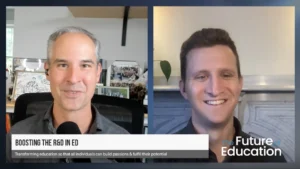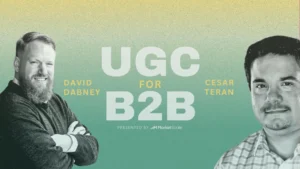The Greater Costs of Not Investing in Workforce Development
The way we work is going through a fundamental transformation accelerated by the pandemic. Many had to work remotely or change careers, and it caused millions of jobs to disappear altogether.
To keep the workforce afloat, employers and governmental institutions are adjusting to the learning curve. To prepare the future workforce, efforts need to be made to improve access to education and training needs for each specific skill sets.
On this MarketScale Industry Update, host Stephanie Otey tackles how those efforts are coming together.
This past month, Maine Speaker of the House Ryan Fecteau introduced a $20 million bill to increase access to education, upgrade training equipment and optimize workforce development. It aims to help state career and technical education centers update their equipment and expand programs. Just as jobs are in high demand, having the right skillset has been scarce.
“There’s a lot of work out there, but there are not enough folks in the trades to do the work,” Fecteau said. The opportunity is there for younger generations as business owners prepare for retirement and look to pass the torch.
While entering the workforce is a beast of its own, staying in is just as much of a priority. Businesses cannot advance without a capable workforce and financial stability begins with employee training. A recent study by Deloitte found that “only 34% of workers are happy with their organization’s investment in their development, only 32% are rewarded for developing new skills, and close to 50% would leave their company if offered a severance package.”
These numbers show the value of investing human capital, which also means investing in the right technology to improve training employee experience and development.
Follow us on social media for the latest updates in B2B!
Twitter – @MarketScale
Facebook – facebook.com/marketscale
LinkedIn – linkedin.com/company/marketscale








